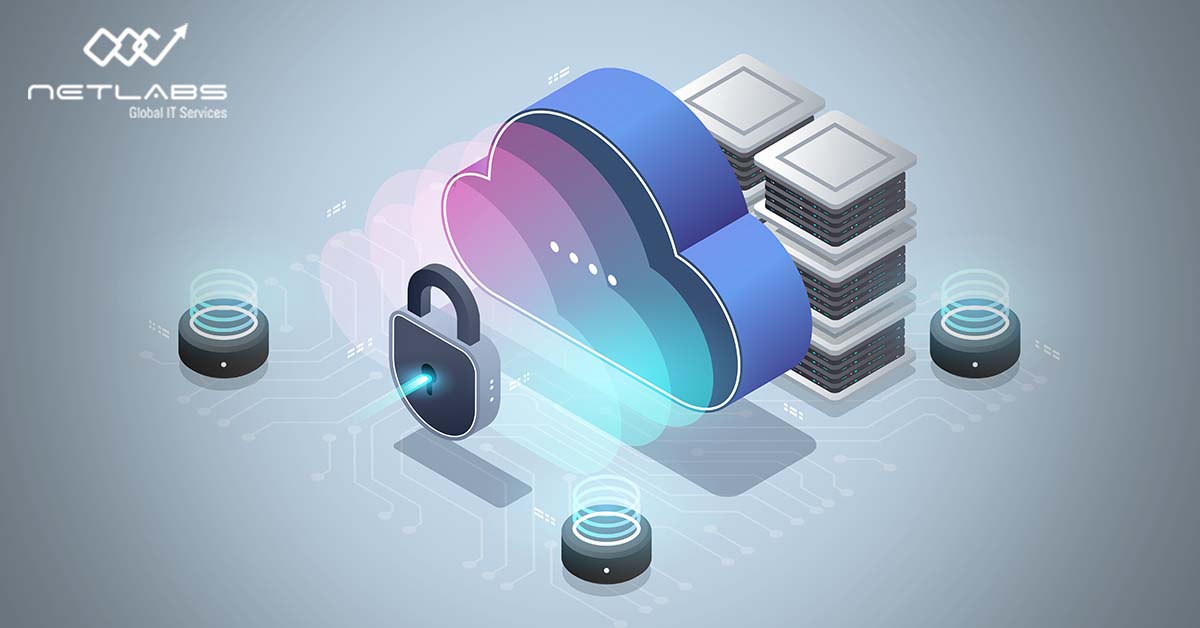Data breaches in the Cloud are now frequent occurrences. In the past few years, millions of consumer records have been hacked and made public. According to professionals in the field, things will only get worse here. The majority of effective attacks against cloud services take advantage of different misconfigurations. Cloud providers are rapidly expanding their service offerings to keep up with the insatiable customer demand, and each new service has its unique set of access and security settings.
Just imagine how difficult it would be to keep track of every setting for all those services from various cloud providers, all of whom are continually changing and introducing new services.
This blog discusses various approaches, technologies, and service models available for cloud security and who is accountable for it. Let’s get started.
What is cloud security?
Cloud security is about assuring the security of hosted services on the Cloud through the internet, using a combination of Technical Controls, Procedure and Services as controls and Policy and Standard Controls. Cloud security is similar to information security (infosec) and network security.
There are numerous ways that cloud security is compromised, including data leakage, access compromise, privilege abuse, and malicious assaults such as malware, DoS, etc.
Who is in charge of security in the Cloud?
Most cloud users erroneously believe that cloud providers are in charge of “complete” cloud security. That belief is misguided. Certain aspects of cloud security are under the control of cloud providers. However, other parts of cloud security are under the control of cloud users. According to reports, the vast majority of data breaches—if not all—were not technically the fault of cloud providers; instead, they were caused by one or more security or access misconfigurations implemented by cloud users.
The accountability, ownership, and responsibility correspond to the users’ access level to the cloud stack and the kind of service model they use.
Software as a Service (SaaS)
In this model, the majority of security, including perimeter security, logging/monitoring/auditing, and application security, is the cloud provider’s responsibility. Cloud users are only accountable for access authorization and entitlement privileges.
Platform as a Service (PaaS)
This model more fairly distributes responsibility, with cloud users in charge of any actions they do on the platform and cloud providers in charge of keeping it secure.
Infrastructure as a Service (IaaS)
As a result, the cloud user is now more accountable for the security of everything above virtual machines and hypervisors. Similar to PaaS, the cloud platform’s fundamental security is the provider’s responsibility; however, everything built on the infrastructure is the responsibility of the cloud user.

Various approaches for Cloud Security
There are various methods for securing the Cloud, and none is perfect or appropriate for all businesses. The ideal technique depends on factors including the size of the cloud footprint, the type of business domain, the availability of experienced employees, and budgets.
- Manual Auditing Approach
Manual security audits, which include vulnerability scans and evaluating permissions and policies, are carried either by internal security teams or a third party. A baseline for security measures can be established and abnormalities can be found using routine audits. Security audits are typically carried out by many organizations at least twice a year. One of the drawbacks of manual auditing is that months’ worth of detrimental acts may have already taken place, especially when they are not routinely carried out. - Opensource tools and Scripts
As businesses increase their cloud utilization, manual audits become insufficient. In order to manage frequent evaluations for greater areas, automation is required. To automate the review process, many teams use their own scripts. Teams can obtain and modify a wide variety of prebuilt scripts from websites like Github to suit their unique needs. - Native security tools
Cloud providers give a variety of security solutions for their users to use to keep safe because cloud security is a shared responsibility. Better visibility is provided by cloud providers’ tools, which essentially leave cloud users’ understanding of configuration settings for the Cloud to handle security issues.Additionally, because most enterprises now use multi-clouds, the complexity can be increased by the unique native security solutions provided by each cloud provider. However, for companies that heavily rely on a single cloud provider, native security capabilities are typically a solid place to start. - Continuous Auditing
As cloud footprints expand, continuous auditing can offer complete insight, automation, and even remediation to handle the issue effectively. This calls for continuous monitoring and reporting on the level of security in your environment based on any deviation from the level that your security controls have set. Continuous cloud security monitoring is a topic that is the subject of active research using a variety of methodologies.The following are the main categories of tool categories, and each has advantages and disadvantages of its own.- CASB (Cloud Security Access Broker)
- CWPP (Cloud workload protection platforms)
- CSPM (Cloud Security Posture Management)
- CNAPP (Cloud-Native Application Protection Platform)
Rapid cloud adoption and the accompanying complexity explosion are trends that won’t go away. Businesses need to be more aware of the dangers associated with cloud security. Any cyber security program would benefit greatly from raising knowledge of cloud security.
Netlabs Global is one of the leaders in providing state-of-the-art Cloud Security & Compliance services to help enterprises defend and protect their valuable data and position themselves with a high-level preparedness against looming threats. Talk to us today to learn more about how our solutions can help your business.





